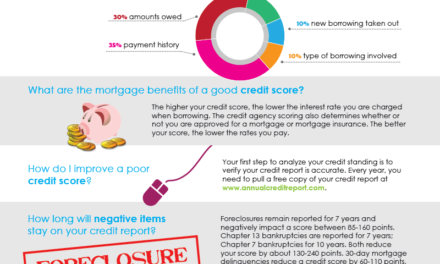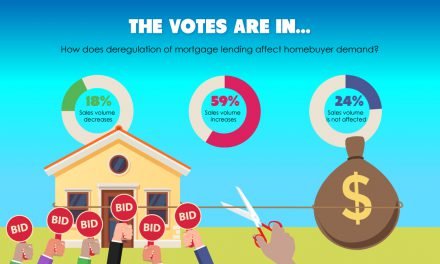How has investor demand to buy property changed this year?
- Investor demand has increased. (65%, 53 Votes)
- Investor demand has decreased. (22%, 18 Votes)
- Investor demand remained the same. (12%, 10 Votes)
Total Voters: 81
Have you experienced increased homebuyer competition from investors in recent months?
Investor purchases — home purchases made by absentee buyers — made up one out of every six home purchases made in the second quarter (Q2) of 2021, equal to roughly 16%. In contrast, investor purchases bottomed a year earlier at roughly 10% of home purchases, according to Redfin.
For historical reference, the share of investor purchases gradually increased throughout the Millennium Boom, hovering around 6%-9%. In the years following the home price crash of 2007-2009, investors rushed to profit from low prices and lower interest rates, with the share of investor purchases reaching a cyclical peak of 13% in 2013.
Beginning in 2014, the investor presence fell back slightly, beginning to rise again in 2018 and peaking at just over 16% just before the pandemic hit. Now, after three quarters of decline, investors are back.
During Q1 and Q2 2021, the most growth in investor purchases occurred for low-tier single family residences (SFRs). At the same time, demand for condos is also rising as workers return to the office and residents eagerly return to downtown areas.
However, denser multi-family properties continue to see reduced demand during the ongoing pandemic response. Further, the eviction moratorium has made multi-family properties less desirable for investors, though this is scheduled to end here in California at the end of September 2021.
Investors as far as the eye can see
Given 2021’s rapid home price increases — and contrasted with the stock market’s faltering performance in mid-2021 — it’s no surprise that more investors are beginning to eye real estate as a potential profit center. But real estate is no exception to the rule, as investors are seeking out any and every opportunity to make a profit in 2021, without much discretion.
This “splurge surge” has impacted asset prices of all types, including real estate.
But as the investor presence grows, it creates more problems for end users of real estate. Regular homebuyer-occupants find it nigh on impossible to compete with cash-heavy investors who can close quickly and with no contingencies.
In today’s low-inventory environment, investors are just one more obstacle for homebuyers, who are the backbone of the housing market.
However, while investors are a rightful concern of homebuyers reliant on mortgage financing, they can be a natural and even useful market force. For example, when prices drop during a downturn, investors can provide much-needed support in the form of cash and liquidity.
But there is a difference between regular absentee buyers and speculators.
Absentee buyers are any type of homebuyer who purchases without the intent of occupying the home, including long-term buy-to-let investors and short-term investors who make major improvements to the home to sell at a profit. However, speculators — sometimes flippers — purchase on the belief that prices will rise quickly and significantly enough to turn a profit on sheer market momentum. Flippers contribute nothing, making little to no improvements to the property while letting it sit vacant long enough for its value to increase.
When speculators increase beyond the point of stability, the market can become artificially inflated, with houses simply changing hands, completely removed from market axiomatics.
In 2021, while the investor presence is frustrating for mortgage-bound homebuyers, it has not reached a concerning level. In fact, expect investors to increase in 2022-2023, alongside the expiration of the foreclosure moratorium and the coming rise in distressed sales. Once prices bottom, speculators seeking to profit from low prices and pent-up homebuyer demand will become more common. These speculators will help propel the market to its next pricing boom, to begin around 2025.
Related article:














